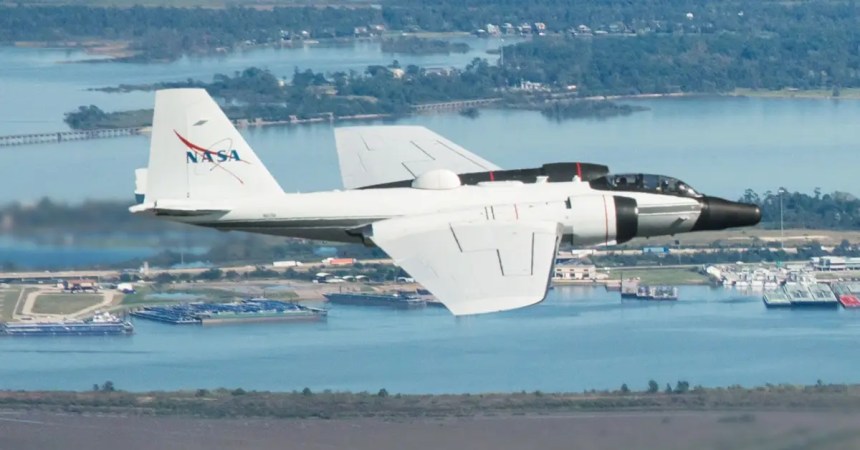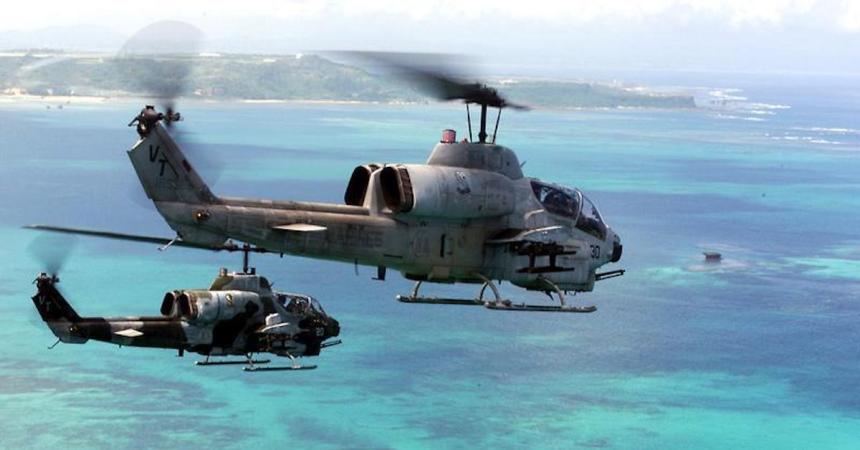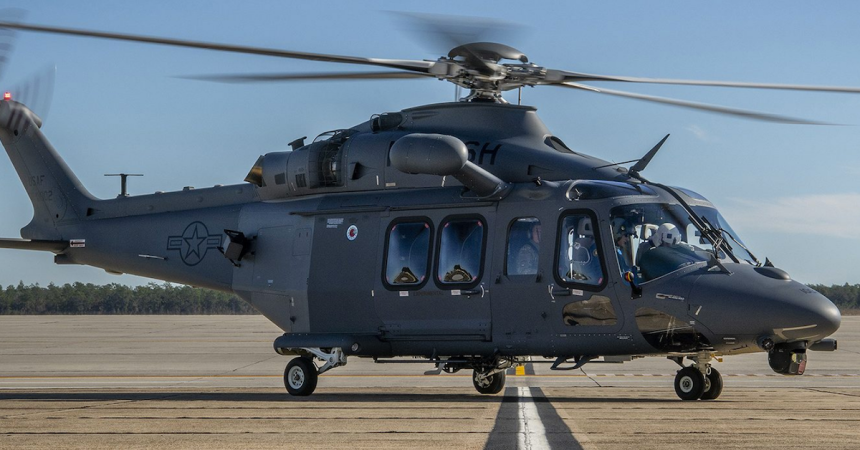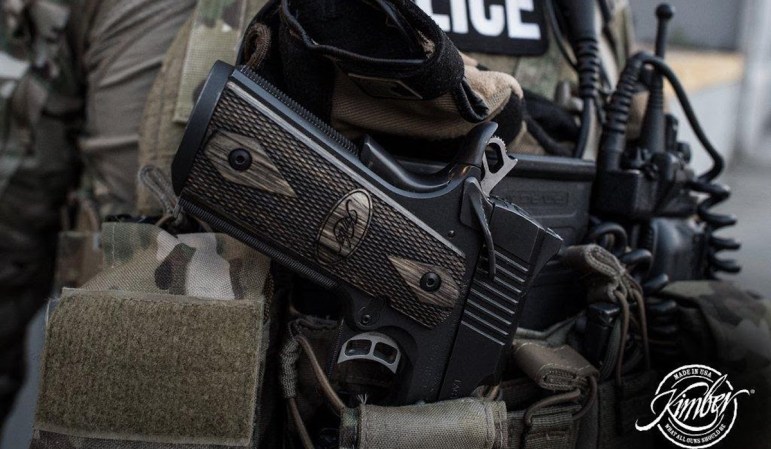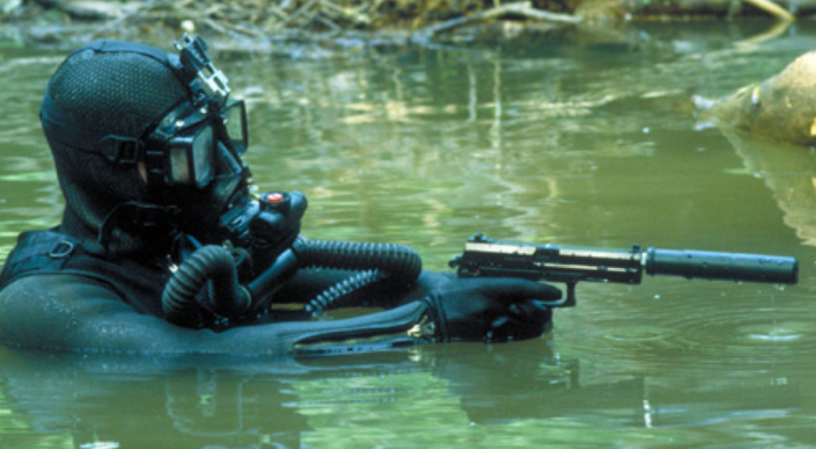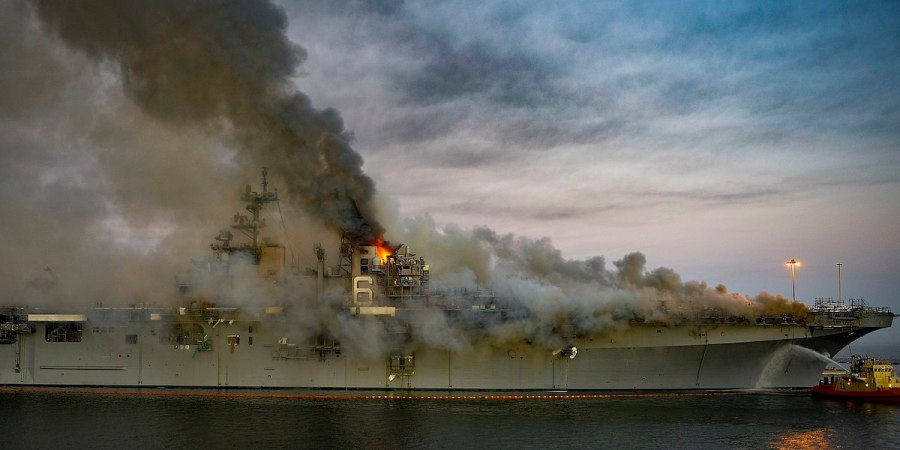The National Aeronautical and Space Administration has done very well with their small force of WB-57 Canberra reconnaissance planes. These planes have flown for nearly 60 years and they continue to serve today. With such a long, storied history, it’s easy to forget why the B-57 came to be in the first place. Let’s stroll down memory lane.
Originally, the B-57 Canberra was designed to be a light bomber that used high performance to avoid interception. The British started development of this plane in the latter years of World War II. While the American-produced versions did see some use as bombers during the Vietnam War, the Canberra truly hit its stride as a high-altitude reconnaissance asset for the Air Force.

The RB-57D Canberra variant was designed specifically for high-altitude recon missions.
(USAF)
The RB-57A was the first adaptation of the Canberra designed specifically for reconnaissance work, but the RB-57D was the first such plane intended to do so at high altitudes. Three versions of this recon jet were developed: One was for photo-reconnaissance, using advanced (for the time) camera, a second for electronic warfare, and a third that packed a powerful radar for mapping the ground.
The RB-57F, a much later version, which was created from re-manufacturing older Canberras. These souped-up planes featured more powerful engines and longer wings. They were able to operate at higher altitudes and were used for weather reconnaissance and to collect samples from nuclear tests.

This RB-57 started its life in the Air Force, and now flies with NASA as plane number 926.
(DOD)
Today, NASA still operates three B-57 Canberras. Whiles Canberras have now retired, a few are still flying in civilian hands, undertaking mapping missions.
Watch to video below to learn how the RB-57D was introduced to the United States.




